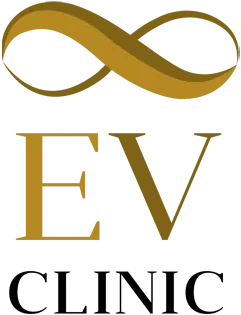A hysteroscope is inserted through the cervix to examine the uterine lining. In some cases, minor procedures can be done during the exam.
Hysteroscopy
Hysteroscopy is a procedure that uses a thin, lighted tube to look inside the uterus. It’s used to diagnose and treat issues like abnormal bleeding, polyps, or fibroids.
Area(s)
Uterine health and fertility diagnostics.
Duration
15–45 minutes, depending on whether it’s diagnostic or operative.
Frequency
Only as needed, based on symptoms or after abnormal imaging.
What to Expect
How We Do It
Performed in-clinic or under light sedation in a hospital, depending on complexity.
Side Effects
Cramping, spotting, or light bleeding for a few days.
Time to Full Effect
Recovery is typically within 1–2 days.
Biopsy or treatment results in 1–2 weeks.
Questions? We’ve got answers.
Is anesthesia required?
For diagnostic hysteroscopy, often not. Operative procedures may need sedation.
What conditions does this help diagnose?
Polyps, fibroids, abnormal bleeding, and fertility issues.
Is it painful?
Some cramping may occur, similar to menstrual pain.
Can I go home the same day?
Yes, in most cases it’s an outpatient procedure.
Will I need follow-up care?
Possibly, depending on findings or if treatment was done.
